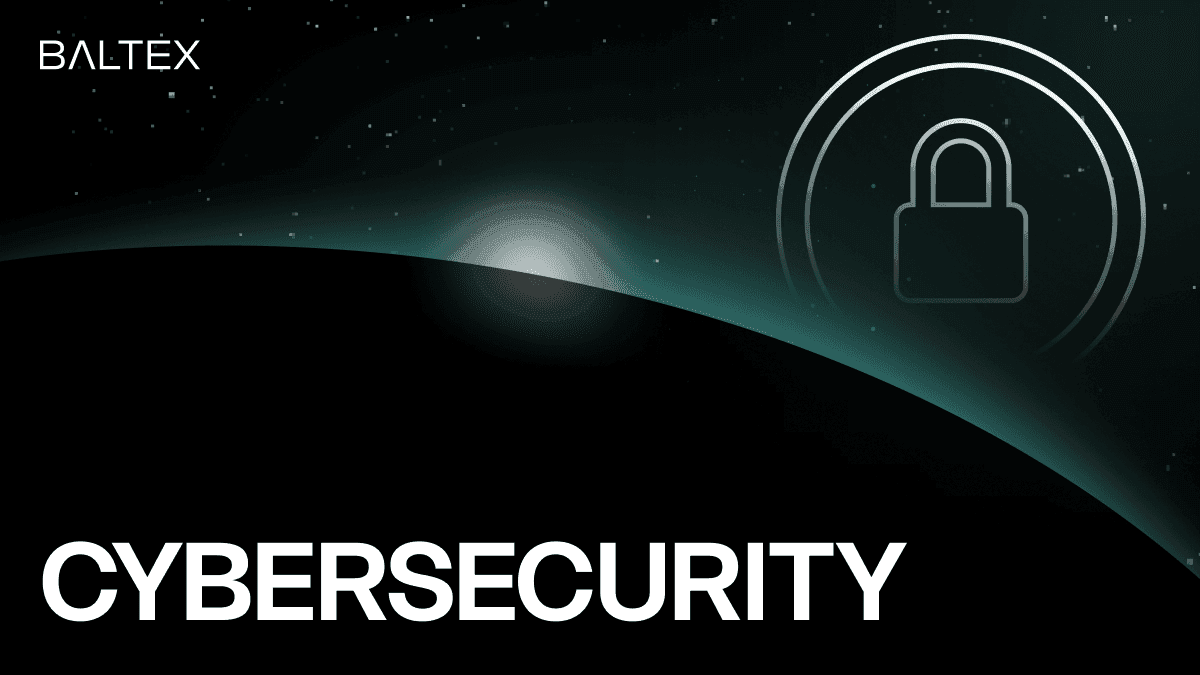
The cryptocurrency revolution has redefined finance, offering freedom, borderless transactions, and decentralized control. But with great power comes great risk. The decentralized nature of crypto attracts threats that can compromise your digital wealth. From hacks and phishing scams to rug pulls and insider threats, the crypto landscape is a minefield for the unprepared. In this article, we’ll explore the critical cybersecurity risks, best practices to safeguard your assets, and how BaltEX.io is setting new standards for security and privacy.
Crypto is a goldmine for cybercriminals. In 2024 alone, over $3.8 billion was lost to hacks and exploits, with DeFi protocols bearing the brunt. Here’s a breakdown of the top threats:
1. Hacks & Exploits DeFi protocols, with their complex smart contracts, are prime targets. The Nomad Bridge hack in 2022 drained $190 million in hours. Even centralized exchanges like Mt. Gox and FTX have fallen victim.
2. Phishing Attacks Fake wallets, cloned websites, and social media scams are common. A single click on a malicious link can drain your wallet.
3. Rug Pulls In 2023, 41% of crypto scams were rug pulls - fraudulent projects where developers run off with investors’ funds.
4. Smart Contract Vulnerabilities Bugs and overlooked vulnerabilities in smart contracts can lead to catastrophic losses. Even audited contracts aren’t foolproof.
5. Insider Threats Compromised team members or malicious developers can exploit their access to siphon funds.
1. Self-Custody: Be Your Own Bank Use hardware wallets like Ledger or Trezor for significant holdings. Remember: Not your keys, not your crypto.
2. 2FA Mastery: Ditch SMS-Based Authentication Use authenticator apps like Authy or Google Authenticator or hardware security keys for 2FA.
3. Verify Everything: Trust, but Verify Double-check contract addresses, URLs, and social media handles. Bookmark trusted sites.
4. Limit Exposure: Compartmentalize Your Assets Never reuse passwords. Create burner wallets for small trades and keep the bulk of your holdings in cold storage.
5. Privacy Tools: Cover Your Tracks Use VPNs, Tor, and anonymous email addresses for crypto accounts.
For crypto platforms like BaltEX.io, security is a responsibility. Here’s how leading platforms are stepping up:
As the crypto ecosystem evolves, so do the technologies enhancing blockchain security and privacy. Here are some key trends shaping the future of crypto protection:
In BaltEX we are adepts of cybersecurity, because one of the keystones of our platform is privacy, safety of users' funds, and we trust our own money to our own platform as well. Some platforms make you trust them. We don't. We trust the system we built - because we use it. Security isn't an add-on. It's the baseline.
BaltEX already utilizes GPG cryptography (GNU Privacy Guard), a highly secure encryption standard designed to protect sensitive data, transactions, and communications. This ensures that private information remains encrypted and inaccessible to unauthorized parties. Additionally, we have implemented a two-factor authentication (2FA) system to our back-end infrastructure - a highly secure, multi-layered authentication process designed to prevent unauthorized access and enhance account security.
Furthermore, BaltEX ensures the highest level of smart contract security by using Certik-audited token contracts. Certik is a leading blockchain security firm specializing in smart contract audits, ensuring that our crypto trading platform, digital asset exchange, and blockchain security solutions meet the most rigorous security standards. And we are not stopping there. In the coming days and weeks we will reveal exactly how BaltEX does cybersecurity. To give you a glimpse into the future, we plan to introduce a private exchange feature as early as next week. And BaltEX is betting that our users will absolutely love it.
Stay Safe. Stay in Control. Stay BaltEX.